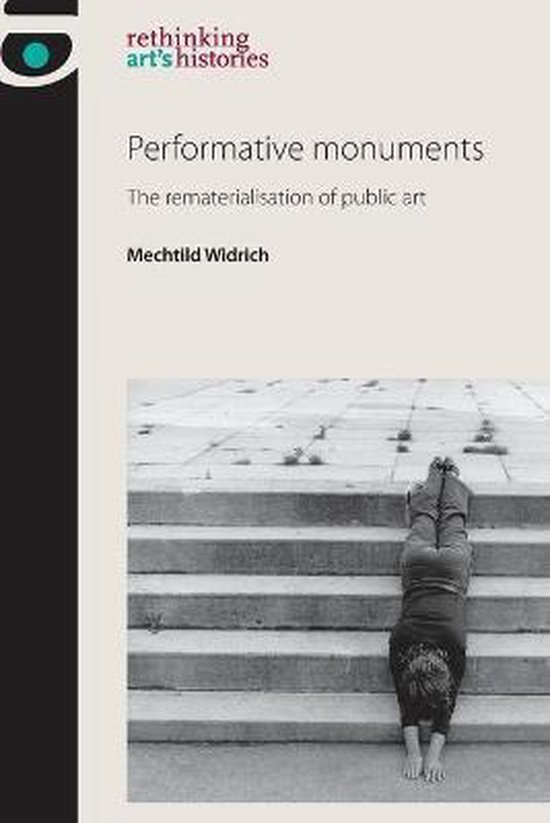Argues the conceptual significance of performance, and of a performative model of art, to the revival of the monument in the wake of the Second World War, the Holocaust and the fall of the Eastern bloc.
A man selling kebabs in the shadow of a papier mâché tree; a woman standing with a small stage built around her breasts while people wait their turn to touch them; another woman projecting snapshots of Belgrade with the official buildings painted out: what do these events have in common? All are works of public art. And all take a cue from the fugitive art of performance. The most forceful monuments of the last few decades, whether built to last on national malls or flashed as signs of protest, were in fact designed by performance artists.
This book argues for the conceptual significance of performance, and of a performative model of art, to the revival of the public monument in the wake of the Second World War and the partition of Europe. Through detailed studies of artists working along these ideological fault lines, including Valie Export, Günter Brus, Marina Abramovic, Sanja Ivekovic, Joseph Beuys, Jochen Gerz and Santiago Sierra, it argues that it is not the subjective, anti-authoritarian rhetoric of performance that makes it public art, but its power to build social bonds both personal and political.
Readers interested in contemporary art, politics, photography and performance theory will find in this book new facts and arguments concerning their interrelation.
